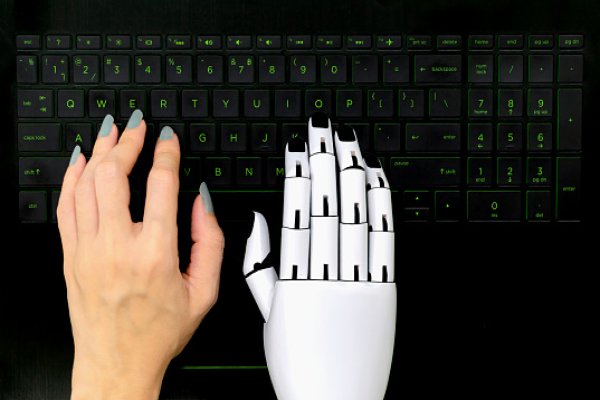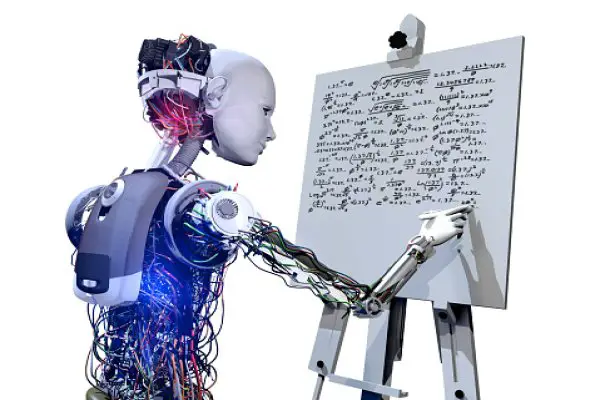OpenAI has become a hot topic in the tech world, with its promise to revolutionize how AI is used. A spin-off company of Elon Musk’s non-profit Artificial Intelligence foundation, OpenAI recently released an award-winning chatbot, ChatGPT, which utilizes natural language processing and conversational AI technologies. But what exactly is OpenAI, and how does it work? This blog post will look at something you need to know about ChatGPT.
ChatGPT, an impressive technology that can answer questions in a remarkably human-like manner, has been gaining much attention online. People use it to compose song lyrics, essays, and TV episodes.
Microsoft reportedly invests up to $10 billion in OpenAI, the firm behind the chatbot. The primary purpose of this investment is for Microsoft to utilize ChatGPT to help revive its search engine Bing and enhance products from its Microsoft Office set.
OpenAI has a difficult journey ahead, primarily improving the precision, fairness, and damage caused by its products.
What Is OpenAI’s History, And How Was Elon Musk Involved?
The San Francisco-based non-profit AI lab began in 2015 to develop AGI, or Artificial General Intelligence, software with cognitive abilities similar to humans.
The company sought to guard against a future where tech giants like Google had control of AI technology and held all the advantages.
The non-profit organization’s mission was to develop AI software fully transparently and make their creations open-source, enabling the entire world to benefit from them.
Notables from Silicon Valley committed to donating $1 billion to create a new venture. This included Elon Musk, the CEO of Tesla and SpaceX; Peter Thiel, an investor; and Sam Altman, named head of OpenAI in 2019. Musk left the board of this company in 2018 as he claimed running Tesla and SpaceX required too much time.
OpenAI charted a complicated path. It would use extraordinarily large amounts of data and powerful neural networks, software loosely based on neurons in the human brain, to create its AI products.
The cost of providing computing power and remuneration for employees was high – one OpenAI staff member was reported to have earned $1.9 million in salary in 2016, according to the firm’s tax documents – which made it difficult for the organization to remain a non-profit.
In 2019, OpenAI shifted to a for-profit operation model with an unusual set-up that capped investor returns to a fixed multiple of their initial investment.
Microsoft provided $1 billion in financing to Altman, and they agreed that some of OpenAI’s technology would be licensed and exploited commercially.
What Does OpenAI Make, And Who Can Use It?
OpenAI attempted to develop a system that could comprehend language by utilizing the plentiful online text resources mentioned by OpenAI representatives to The Washington Post. In 2020, they launched GPT-3 – a tool for generating realistically written passages.
Following the success of GPT-3, OpenAI created Codex – a tool that helps computer programmers write code faster. It works by providing them with computer code as input. This tool was used to fuel GitHub’s Co-Pilot, a free software that translates human commands into computer language.
Microsoft is the current owner of GitHub.wner of GitHub.In January 2021, OpenAI released DALL-E, a program trained using large datasets of pictures and captions from the web to recognize patterns between language and images. This allowed GPT-3 to generate images based on human prompts.
Last year, DALL-E 2 was publicly released and went viral. It is a program created by OpenAI which produces photorealistic images in response to nonsensical prompts like requesting an image of a Dachshund puppy in space with a painted glass style. The results were of very high quality.
People can pay to access DALL-E 2, and businesses can incorporate the technology into their applications for a price.
In November, OpenAI unveiled its new chatbot, ChatGPT. The bot, a modified version of the text generators they had previously released, amazed people with its remarkably realistic writing style.
ChatGPT, with an estimated 100 million active users in January, according to reports, could talk about religion, write essays and poetry, or complete computer code; however, it was known to make basic mistakes, produce racist and sexist responses, and raise concerns of cheating in school.
ChatGPT is an exciting new product that has the potential to revolutionize how we interact with computers. However, as with any new technology, there are risks and concerns associated with its development and implementation.
While OpenAI appears to be taking responsible measures to mitigate these risks, users and developers must be aware before using or developing ChatGPT applications. We hope this article has provided you with some valuable insights into the inner workings of ChatGPT and OpenAI so that you can make informed decisions about whether or not to use this powerful new tool.
ChatGPT is an exciting new product that has the potential to revolutionize how we interact with computers. However, as with any new technology, there are risks and concerns associated with its development and implementation. While OpenAI appears to be taking responsible measures to mitigate these risks, users and developers must be aware before using or developing ChatGPT applications.
Source; washingtonpost.com


